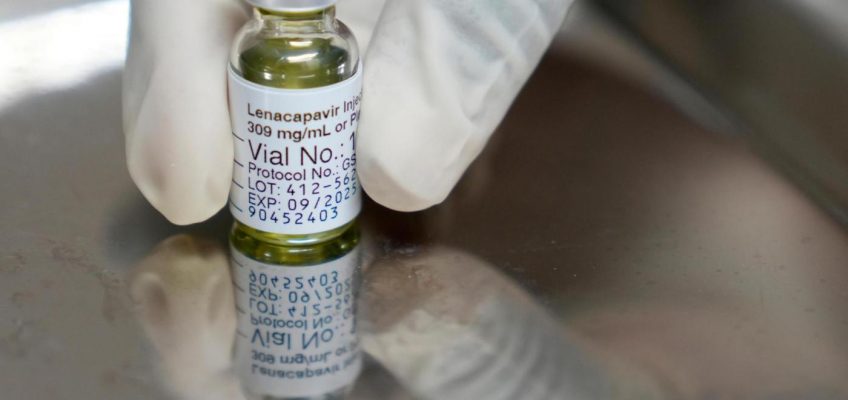If this season turns out to be Connor Beaupre’s last as the Wild’s emergency backup goaltender, that’s OK, he said Tuesday. It’s been a good run for the lifelong Minnesotan and son of former North Stars goaltender Don Beaupre.
This season will be his 10th as the Wild’s emergency backup goalie, or EBUG as insiders call it, and, well, “Ten years is a long time to do it.”
But it’s been a great 10 years for Beaupre, who played for Edina, the University of Denver and Minnesota before hooking up with the Wild to fill a role whose importance doesn’t match its public profile.
“You think your career’s over, then suddenly you get a new life, a chance to compete and be part of a team again,” he said. “It’s one of those things that’s kind of unbelievable. So, every time I show up, I soak it up. Summer is the best part of it, every day with these guys, working. Being part of that is super cool.”
Even though EBUGS rarely get into warmups for an NHL game — let alone actually play in one — they play a major role behind the scenes for all 32 NHL teams, sometimes taking a net in practice, sometimes working with rehabbing players and often working with the guys who live in Minnesota year-round.
EBUGS are so important, in fact, that the NHL and Players Association have agreed to make emergency backup goaltenders a permanent position, allowing teams to keep a third, traveling goaltender starting in 2026-27, when the season expands from 82 to 84 games.
When Beaupre first heard the news, he said, “I was pretty sure this was going to be the end.”
But after looking deeper, Beaupre found he fits the profile laid out in the memorandum of understanding for the new labor deal: no more than 80 games of professional experience and out of pro hockey for at least three seasons. EBUGs also can’t have ever played an NHL game on a non-tryout contract.
Further, teams appear likely to look for goalies that can fill other roles, as well. Beaupre’s fulltime gig is videography, working primarily with Twin Cities athletes and teams, and he’s been the goaltending coach at Holy Angels for the past eight years.
“It kinda looks like they’re looking for guys like me,” he said.
If not, Beaupre said he already has asked general manager Bill Guerin if he’ll have a celebrated farewell like the one Marc-Andre Fleury had before the slam-dunk hall of famer retired at the end of last season.
“He just laughed. He always gives a little bit of a hard time,” Beaupre said. “Those relationships are so great, whether it’s Billy or the guys on the equipment staff, the players. No one is ever like, ‘Oh, he wasn’t good enough to really play.’ No, they have always been super accepting.”
At the least, Beaupre will have one more chance to possibly get into an NHL game, for the Wild or the visiting team, which both rely on the home team’s EBUG under the current set up. But even with two possible openings on any night, it’s extremely rare for the emergency backup to play.
It has never happened for Beaupre, and in fact has happened only six times over the past 10 years — in more than 13,000 games, according to the Associated Press. David Ayers, a junior hockey coach and Zamboni driver from Ontario, was the last to actually win an NHL game, when he entered a game for Carolina stopped 8 of 10 shots to beat the hometown Maple Leafs in 2020.
The last time Beaupre was even in line to play in a pinch was in a recent game against Tampa Bay at Xcel Energy Center, and after each team was without a goaltender by the third period, he didn’t know which team it might be.
“The double-edged sword is you hope that someone doesn’t get hurt so you can play,” he said. “Confidence-wise, at this point, I’d love to get in (a game). I’ve got nothing to lose. I’m coming in from the press box; there’s no real pressure to perform.
“People have asked me, ‘If you have to play for the visiting team, would you feel bad competing against the Wild?’ And I say, ‘Hell, no! I practice against those guys all the time; I’d love to beat them.’ I’d love to get one chance to be a big part of it.”




